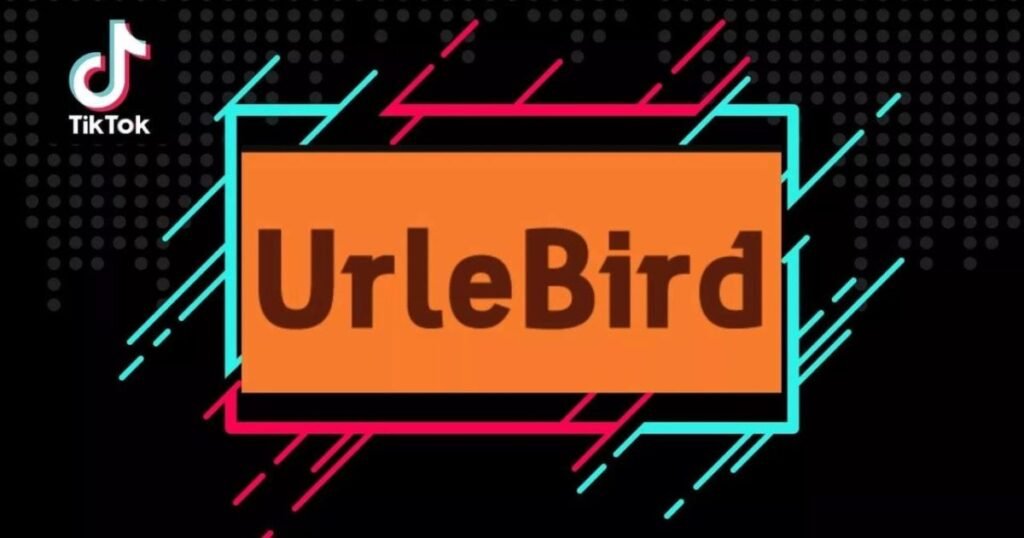Ever scrolled through TikTok and wondered if there’s a way to watch without leaving a trace? Enter Urlebird, the third-party TikTok viewer that’s stirring up the social media pot. It promises anonymous viewing of public TikTok videos, but at what cost? Let’s dive into the world of Urlebird and unpack its impact on content creators, privacy, and the TikTok ecosystem.
What is Urlebird?
Imagine a window into TikTok without needing an account. That’s Urlebird in a nutshell. This third-party tool lets you browse TikTok content without logging in or creating a profile. It’s like peeking through the digital curtains of the TikTok stage.
Urlebird scrapes public TikTok videos, profiles, and hashtags, serving them up on a silver platter for anyone to see. No ads, no login, just pure content. Sounds convenient, right? But this convenience comes with a side of controversy that’s hard to ignore.
How Does Urlebird Work?
Think of Urlebird as a TikTok mirror. It reflects public TikTok content by scraping data from the platform. This means it grabs videos, user info, and trends without TikTok’s official stamp of approval.
Users can search for their favorite creators, explore trending hashtags, or dive into popular videos. All this, without ever touching the TikTok app. It’s like having a backstage pass to the TikTok show, but did anyone ask if it’s okay to be backstage?
Privacy Concerns: The Double-Edged Sword of Accessibility
Here’s where things get sticky. TikTok users post publicly, sure, but did they sign up for their content to be viewed outside the app? Urlebird raises red flags about user consent and data privacy.
Imagine posting a TikTok dance, thinking it’ll stay in the TikTok bubble. Suddenly, it’s viewable on Urlebird, potentially reaching audiences you never intended. It’s like performing on a stage, only to find out there’s a hidden camera broadcasting to another theater.
Legal Implications: Walking the Tightrope of Content Ownership
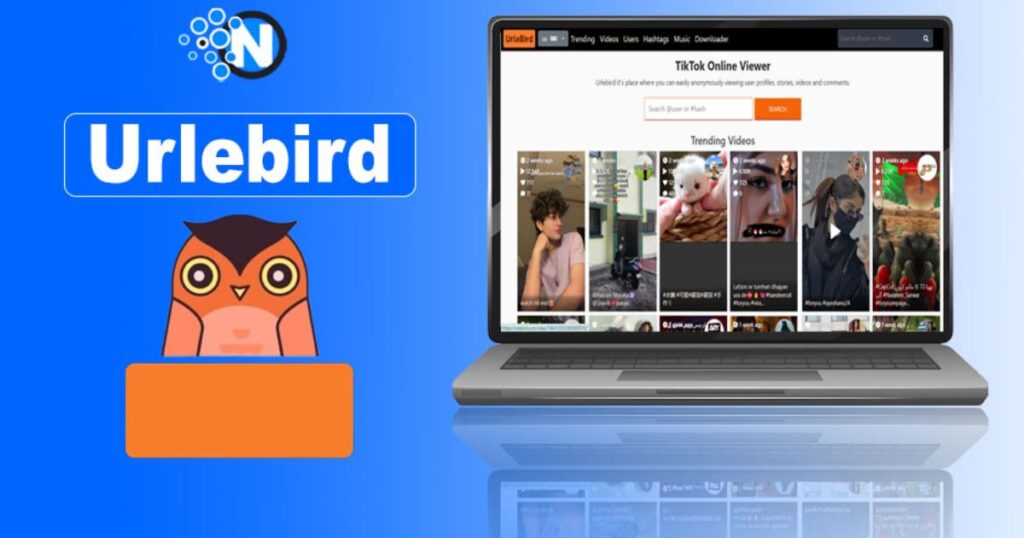
Urlebird’s legal standing is as shaky as a first-time TikToker’s dance moves. Scraping content without permission? That’s a potential violation of TikTok’s terms of service. It’s like borrowing someone’s car without asking – even if they left the keys in plain sight.
Content creators own their TikTok videos. By reposting this content, Urlebird might be stepping on some intellectual property toes. It’s a legal gray area that’s as clear as mud.
Ethical Concerns: The Moral Maze of Content Redistribution
Ethics in the digital age is tricky business. Urlebird’s practices raise eyebrows about fairness to creators. TikTokers rely on views, likes, and follows within the app. Urlebird potentially siphons off this engagement, leaving creators high and dry.
It’s like telling a joke at a party, only to have someone repeat it at another gathering without giving you credit. Sure, your joke spread, but at what cost to your comedic career?
User Experience: A Mixed Bag of Convenience and Limitations
On the surface, Urlebird offers a smooth ride. Easy navigation, no ads, no account needed. It’s like TikTok Lite – all the content, none of the commitment.
But here’s the catch: you can’t like, comment, or follow. It’s a one-way street of consumption. Imagine watching a live concert through a window – you can see and hear, but you can’t cheer or dance along.
TikTok’s Response: The Silent Treatment or Strategic Silence?
So far, TikTok’s been pretty tight-lipped about Urlebird. No official thumbs up or thumbs down. It’s like they’re watching from the sidelines, deciding whether to join the game or call a foul.
TikTok does have some tricks up its sleeve to combat scraping – CAPTCHAs and security protocols. But will they amp up their defense against Urlebird? Only time will tell.
The Creator’s Dilemma: Exposure vs. Control
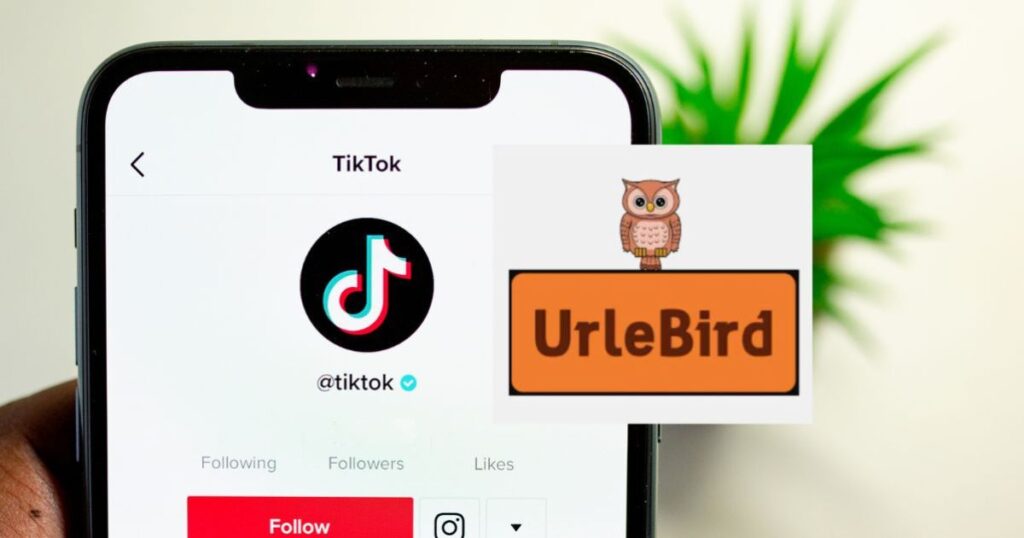
For TikTok creators, Urlebird is a double-edged sword. On one side, it could mean more eyes on their content. On the flip side, it’s exposure without the perks of TikTok’s native platform.
Imagine painting a mural, only to find out someone’s selling prints of it without your permission. Sure, your art is reaching more people, but at what cost to your artistic control and potential earnings?
Read Also: Prince Narula’s Digital PayPal: Transforming Global Payments
The User Dilemma: Convenience vs. Supporting Creators
Urlebird puts users in a moral bind. On one hand, it offers a hassle-free way to consume content. On the other, it potentially harms the very creators who make that content.
Using Urlebird is like sneaking into a concert through the back door. Sure, you get to enjoy the music, but the band doesn’t benefit from your attendance. This raises questions about digital ethics and our responsibility as content consumers.
Users must weigh the convenience against the impact:
- Is anonymous viewing worth potentially reducing a creator’s income?
- Does using Urlebird align with supporting a fair digital ecosystem?
- How much do we value privacy vs. actively engaging with content?
Navigating the Urlebird Landscape: Tips for Users and Creators
For TikTok users worried about their content ending up on Urlebird, here are some quick tips:
- Keep your account private if you’re concerned about wider distribution
- Watermark your videos to maintain some level of attribution
- Regularly check your content’s reach beyond TikTok
Creators, consider this:
- Engage with your audience primarily through TikTok to maximize platform benefits
- Use Urlebird as a tool to understand your content’s reach, but don’t rely on it for metrics
- Stay informed about TikTok’s policies regarding third-party viewers
The Impact on TikTok’s Algorithm and User Behavior
Urlebird’s existence doesn’t just affect content creators and viewers – it potentially disrupts TikTok’s carefully crafted algorithm. TikTok’s success largely stems from its ability to keep users engaged within its ecosystem.
With Urlebird in the picture, user behavior changes. Some might opt to browse anonymously, skewing TikTok’s data on what’s truly trending. It’s like having a party where half the guests are invisible – how do you know what music to play next?
This shift could lead to:
- Less accurate content recommendations on TikTok
- Reduced engagement metrics for creators
- A potential decline in TikTok’s ad revenue
For users, this might mean a less personalized experience on the official app. For TikTok, it’s a challenge to their business model that relies on user data and engagement.
The Ripple Effect on Other Social Media Platforms
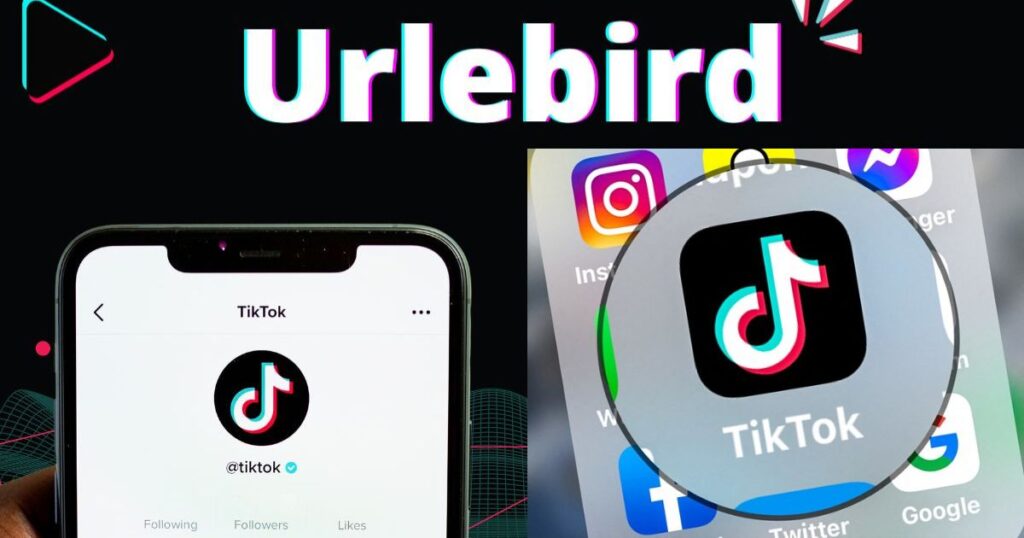
Urlebird isn’t just a TikTok problem – it’s a wake-up call for all social media platforms. If third-party viewers can scrape TikTok content, what’s stopping similar tools from targeting Instagram, YouTube, or Twitter?
This trend could spark a domino effect, leading to:
- Stricter content protection measures across platforms
- Increased focus on user privacy and data ownership
- A potential shift in how social media companies monetize content
It’s like a digital arms race – as third-party tools evolve, social media giants must adapt to protect their users and business models.
The Potential for Misuse and Content Manipulation
While Urlebird itself might not have malicious intent, its model opens doors for potential misuse. Without the controls and community guidelines of TikTok, content could be taken out of context, manipulated, or used in ways creators never intended.
Think of it like a game of telephone, but with videos. As content passes through different platforms, its original meaning and context can get lost or twisted. This raises concerns about:
- Spread of misinformation
- Violation of content creators’ intentions
- Potential for cyberbullying or harassment outside TikTok’s moderation
The Innovation Dilemma: Balancing Progress and Protection
Urlebird represents a broader challenge in the tech world – how do we encourage innovation while protecting established platforms and their users? It’s a tightrope walk between progress and preservation.
On one side, tools like Urlebird push the boundaries of how we interact with social media. They challenge the status quo and could lead to new, beneficial technologies. On the flip side, they disrupt existing systems and potentially harm content creators.
This dilemma extends beyond social media:
- How do we foster tech innovation without compromising user rights?
- Where do we draw the line between fair use and exploitation of content?
- Can we find a middle ground that benefits both innovators and established platforms?
As we navigate these questions, the answers we find will shape the future of not just social media, but the entire digital landscape.
The Future of Third-Party Viewers: A Digital Wild West
As social media evolves, so do the tools that interact with it. Urlebird isn’t the first third-party viewer, and it won’t be the last. It’s part of a growing trend that challenges how we think about content ownership in the digital age.
Will we see more Urlebird-like platforms pop up? Or will social media giants crack down, building higher walls around their content gardens? It’s a digital showdown with no clear winner in sight.
The Bigger Picture: Social Media, Privacy, and the Future
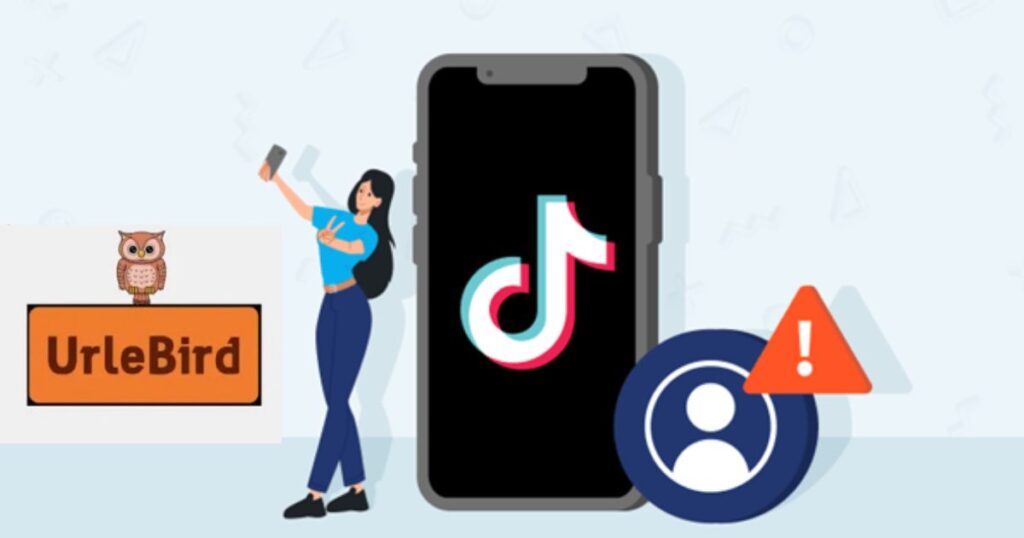
Urlebird is just one piece of a larger puzzle. It represents the ongoing battle between accessibility and privacy in the digital age. As users, we crave easy access to content. As creators, we want control over our work. Finding the balance is the challenge of our time.
This controversy isn’t just about TikTok or Urlebird. It’s about how we share, consume, and control content in an increasingly connected world. It’s a conversation that’s just getting started, and one that will shape the future of social media as we know it.
Read Also: Maximizing API Success: The Importance of Wireframing and Modeling
FAQ’s
What is Urlebird?
Urlebird is a third-party website for viewing TikTok content. It allows users to watch TikTok videos without an account. No login is required. It’s like a window into TikTok without actually using the app.
How does Urlebird work?
Urlebird scrapes public TikTok videos and profiles. It republishes this content on its own platform. Users can search for videos, profiles, and hashtags. They can watch TikTok content anonymously. It’s a simplified version of TikTok without interaction features.
Is it legal for Urlebird to display TikTok content?
The legality of Urlebird is unclear. It may violate TikTok’s terms of service. Scraping and republishing content without permission is questionable. It could infringe on creators’ intellectual property rights. However, no major legal action has been taken yet. The legal status remains in a gray area.
Conclusion
Urlebird’s shaking up the TikTok world, and everyone’s talking. It’s like a secret window into TikTok – no account needed. Sounds cool, right? But hold up, it’s not all smooth sailing.
This sneaky viewer’s got folks worried about privacy and legal stuff. Creators are scratching their heads too. More eyes on their videos? Great! But wait, what about their TikTok perks?
TikTok’s been pretty quiet about it all. Meanwhile, Urlebird’s stirring up big questions about how we share and watch content online.
Bottom line? Urlebird’s changing the game, for better or worse. It’s a wild ride, and we’re all along for it.



